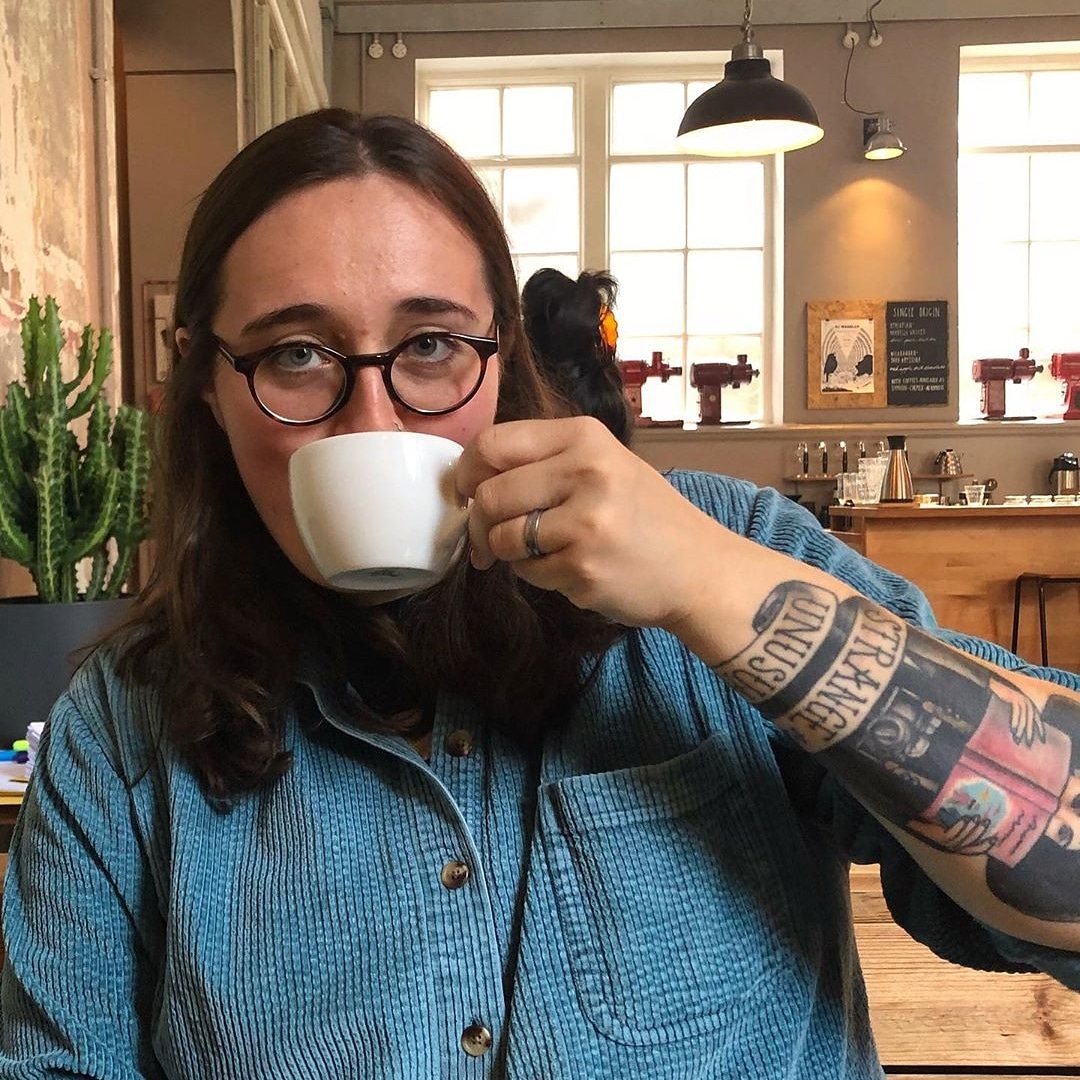Exploring Japanese coffee shop culture
The Japanese coffee market is huge and sophisticated. It is one of the foremost coffee consuming countries in the world and is renowned for its association with ultra high-scoring coffees – Japanese coffee roasters often purchase the winning lots at competitions such as Cup of Excellence and Best of Panama.
Furthermore, while Europe has historically been associated with the emergence of coffeehouse culture, the first café actually opened in Tokyo as early as the late 1880s. Since then, Japanese coffee shop culture has seen no shortage of evolution, coming to incorporate both the old and the new.
However, this kind of progression ultimately influences beverage trends over the years, raising one key question: how can café owners keep up with changing consumer demands?
To learn more, we spoke with Nobumasa Shimoyama – the owner of Superrandom café and a Roastelier by Nescafé ambassador. Read on to find out about Japan’s thriving coffee culture.
You may also like our article on why would coffee shops choose to roast their own beans?
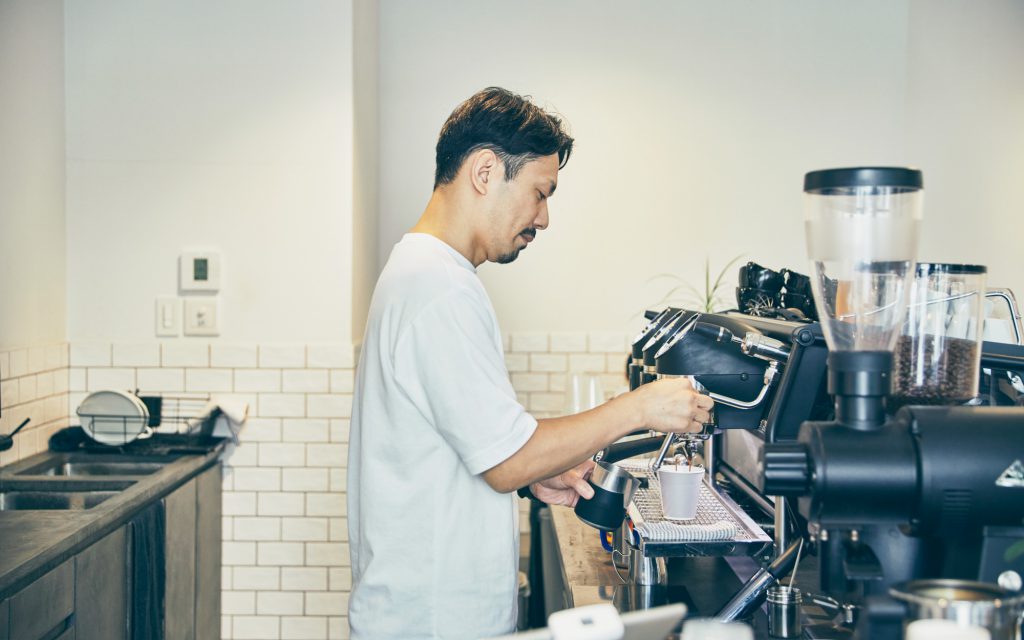
A history of coffee culture in Japan
Japanese coffee consumption reached a height of 7.5 million 60kg bags in 2019, making it one of the largest coffee consumers in the world. However, it took several centuries for the Japanese population to acclimate to the taste of coffee.
Between the mid-1600s and mid-1800s, Japan was something of an isolated trading nation; its only trade route to Europe was with the Netherlands. And while Dutch traders did initially bring coffee to Japan, the initial response was negative.
However, towards the end of the 19th century, coffee started to become more popular as art-deco style coffee shops – locally referred to as kissatens – began to open. Kissatens only offered black coffee or tea; they focused on simplicity, while still creating an inviting, hospitable atmosphere.
Through the late 20th century, consumer trends switched towards convenience and mass consumption. Larger-scale chains (such as Doutor and Starbucks) opened in the 1980s and 90s and vending machines started to offer canned coffee beverages.
However, while these products boosted at-home consumption through the 20th century, kissatens focused on offering entirely new beverage categories.
One of the most prominent was hand brewed pour over coffee, which became popular at the turn of the 21st century in many kissatens. Owners would continually develop and tweak their recipes in order to brew the best-tasting coffee, as quality was always a focus for these establishments.
Kissatens themselves have significantly influenced the global third wave coffee movement, perhaps most notably by inspiring some specialty coffee brands, such as Blue Bottle Coffee. Blue Bottle’s founder, James Freeman, first visited a kissaten in 2007, before opening locations in the US which were heavily influenced by Japanese coffee shop culture.
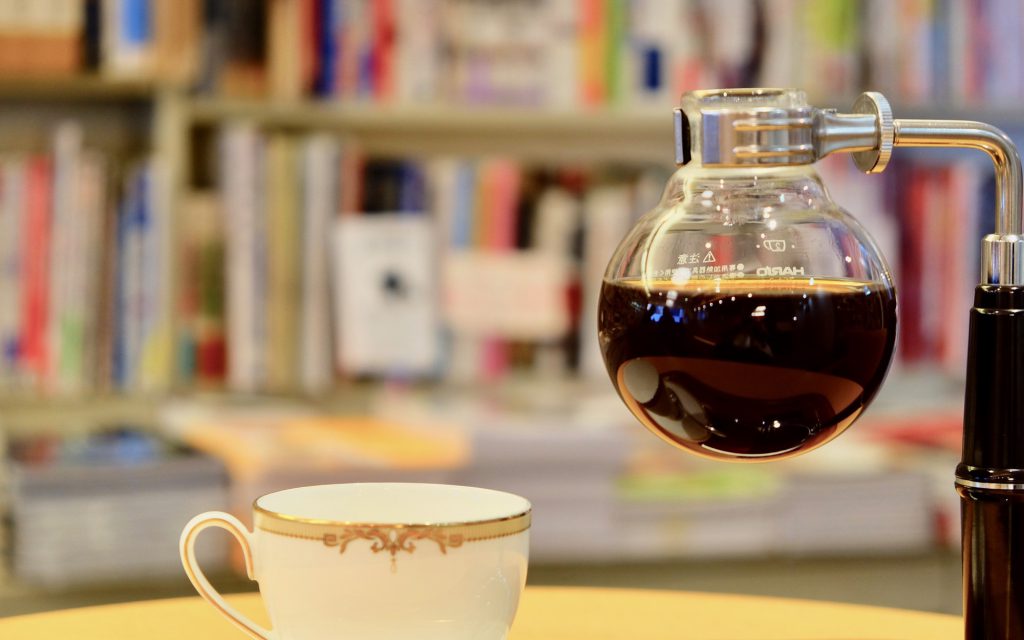
Prominent coffee trends in Japan
Nobumasa Shimoyama is the winner of several latte art competitions, including the 2012 Vancouver International Latte Art Competition and 2016 Coffee Fest Anaheim Latte Art Competition. He is also the owner of Pathfinder, a café and barista school in Osaka.
He says: “Japanese consumers typically drink coffee between waking up and starting work, or to improve concentration [at] work. They also drink coffee to relax with friends [or] alone.”
While the country’s kissatens strictly focus on brewed coffee, modern cafés across Japan have started to serve espresso-based drinks. These are becoming increasingly popular.
“Office workers tend to [drink] black coffee at the beginning of the work day or during breaks,” Nobumasa adds. “Younger people, however, tend to [consume sweeter beverages], such as lattes.”
Despite their differences, however, both traditional and modern Japanese coffee shops have become renowned for pushing the boundaries of beverage preparation.
For example, some famous kissatens experiment with the coffee they buy. One famous example, Café de l’Ambre, serves a house blend that has been aged for seven years.
Modern coffee shops, meanwhile, have become renowned for pioneering new brewing techniques. One such example is Japanese-style iced drip coffee. This cold filter coffee beverage is made by extracting hot coffee over ice to highlight its acidity and brightness.
Nobumasa also notes that the pandemic has seriously influenced the Japanese coffee market.
“Coffee consumption in Japan is increasing compared to 20 years ago,” he says. “From late 2019, consumption [in] cafés, restaurants, and hotels decreased due to the effects of Covid-19.
“However, home consumption grew during this time, and the sales of roasted coffee in-store have also increased.”
This growing demand for at-home consumption, combined with a passionate segment of specialty coffee consumers, has led Japanese coffee drinkers to become more interested in the coffee they buy.
“Selling [a] wide variety [of single origins] is in [more] demand, especially in residential areas,” Nobumasa says.
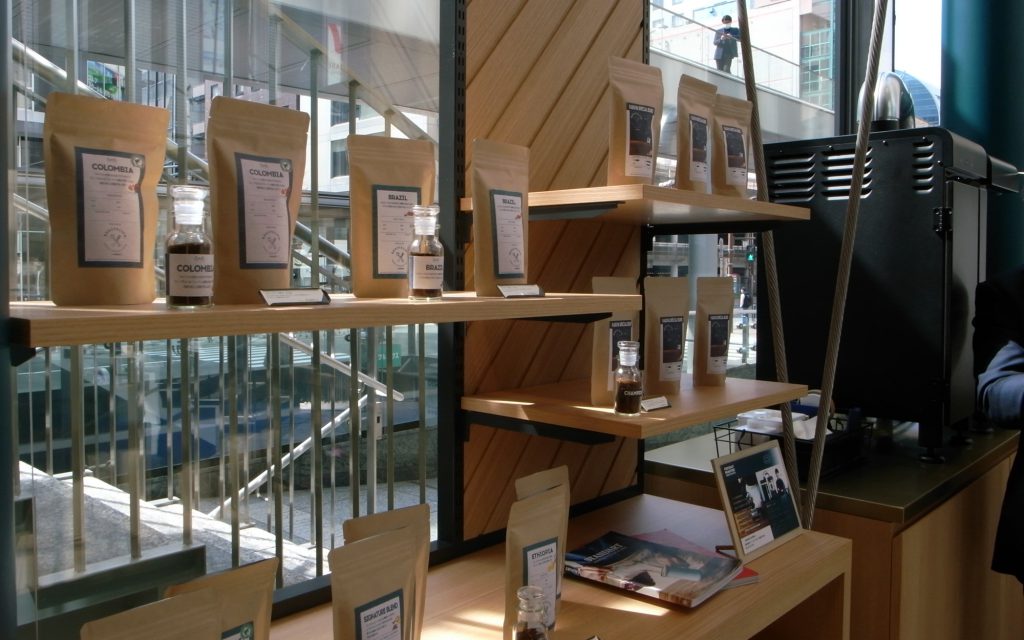
Roasting trends & the art of in-store roasting
Nobumasa explains that because of the breadth and diversity of Japan’s coffee shops, roast profiles can vary widely in the Japanese market.
He says: “Japanese consumers tend to prefer dark roasted coffee. Most of the coffees offered by major coffee chains, and convenience stores are dark roasted coffee.
“However, coffee which is lightly roasted with a bright and soft acidity is becoming more popular. More and more consumers are starting to enjoy the diversity of coffee.
These emerging trends in roast profiles mean that café owners must be able to quickly adapt to shifting consumer demands.
One way which café owners can capitalise on this is through Roastelier by Nescafé, a countertop roasting solution which has just launched in the Japanese market. This product allows coffee businesses to efficiently create a range of roast profiles to meet consumer demand.
Nobumasa explains that the trend of coffee shops roasting their own beans is becoming more and more prominent throughout Japan.
“The number of coffee shops or cafés with roasters has increased,” he explains. “[These] shops serve specialty coffee [by the cup] and mainly sell beans.”
However, as most commercial roasting equipment is large and tends to require its own dedicated space to operate, installation can be a potential challenge for smaller coffee shops.
Nobumasa says: “Installing large machinery and finding the space can be hurdles. However, Roastelier has a compact design that does not require much space, and can be easily installed, even in a small [coffee] shop.”
Furthermore, thanks to their smaller sizes, countertop roasting solutions allow café owners to focus on freshness by roasting in smaller batches.
“With Roastelier, coffee beans can be roasted in small batches of 250g, so there is less waste and the process is easy to manage,” Nobumasa concludes.
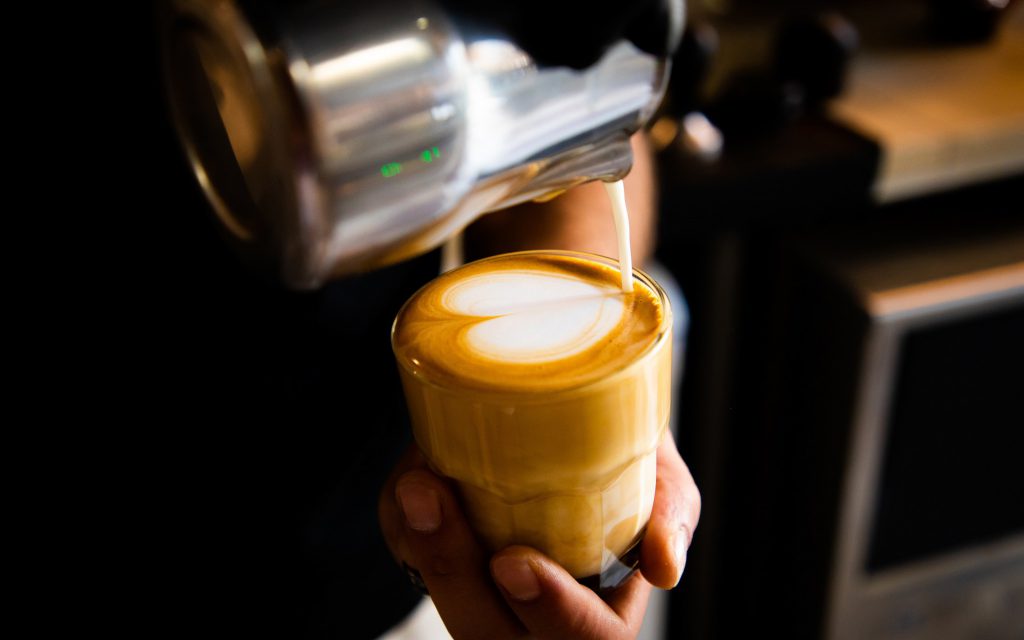
How can café owners meet the changing needs of consumers?
Freshness is a key consideration for many Japanese coffee consumers.
Nobumasa tells me that Roastelier’s flagship Japan store in Kobe uses three-hour post-roast “Ultimate Freshly Roasted Coffee” for a unique sensory experience. He, alongside 2016 World Brewers Cup 2016 champion Tetsu Kasuya, collaborated on Roastelier’s menu of signature coffee blends and recipes.
“Firstly, Roastelier allows consumers to enjoy fresh coffee beans which were roasted in-store,” he tells me. “However, at the coffee shop, you can not only taste the freshly roasted coffee, but also experience the aroma and [craft] of roasting that you rarely see in [cafés].
“Japanese consumers love to enjoy delicious coffee at home, but [also] want a little luxury when eating out,” he adds. “[Cafés] that roast in-store can meet both [of those] needs.”
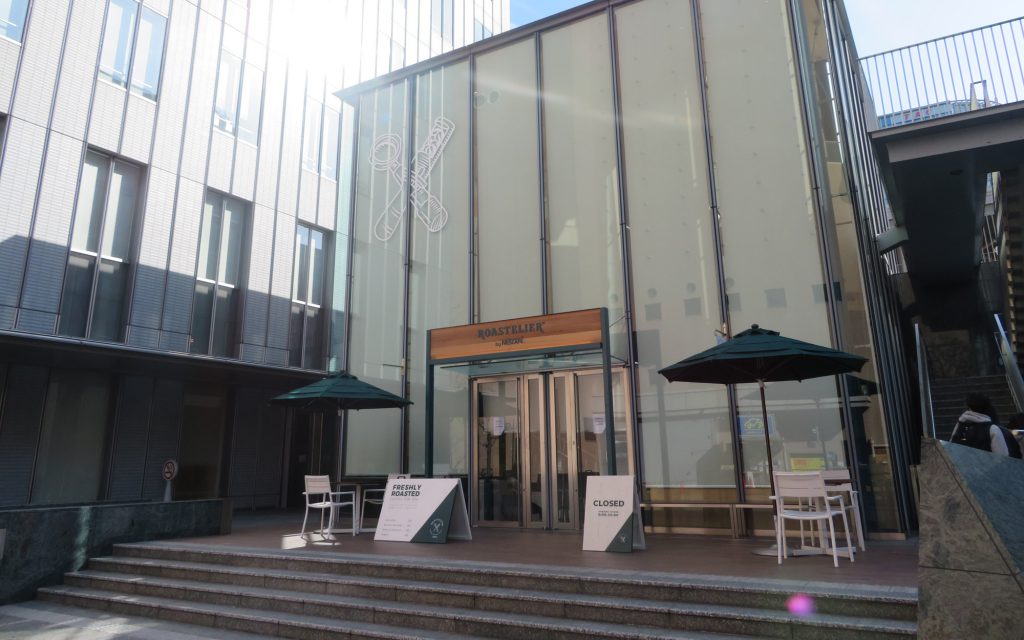
Nobumasa adds that in-store roasting can support the country’s consumer base to “understand coffee more” and improve traceability.
For instance, Roastelier’s system uses a QR code to identify the coffee, providing baristas with a variety of appropriate roast profiles. Scanning the code showcases the unique terroir of each coffee.
Nobumasa adds: “Consumers want to enjoy a variety of origins; coffees from Brazil, Colombia, and Ethiopia.
“Each bean requires its own light, medium, or dark roast profile, and Roastelier can roast uniformly with a single touch.”
He also notes that it’s not only consumers who benefit from countertop roasting setups.
“It’s great for coffee shops to create and roast their own coffee and taste it themselves.
“Over time, it can even be cheaper for cafés to buy green beans and roast themselves rather than buying roasted coffee from wholesale suppliers.”
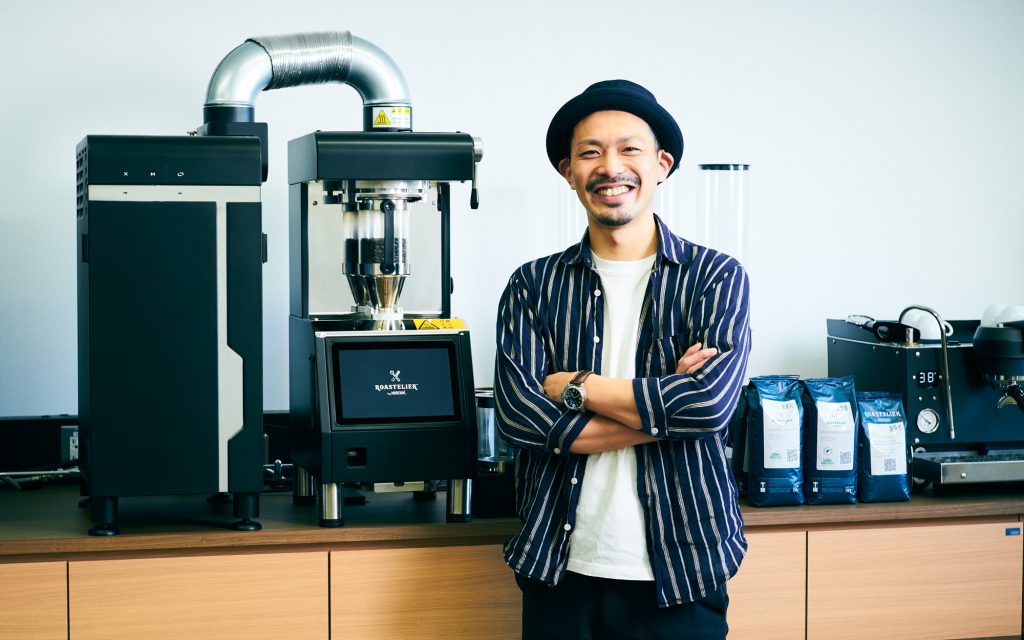
In a thriving coffee market like Japan, keeping up with ever-changing consumer trends can be a challenge. In-store roasting with a solution like Roastelier is one way to respond; it allows coffee shops to roast for an ever-growing range of origins, brewing methods, and consumer priorities.
Nobumasa concludes by saying: “Café owners can pursue the taste they are looking for in their coffees.”
Enjoyed this? Then read our article on 5 specialty coffee shops worth visiting in Tokyo, Japan.
Photo credits:
Perfect Daily Grind
Please note: Nestlé Professional is a sponsor of Perfect Daily Grind.
Want to read more articles like this? Sign up for our newsletter!


